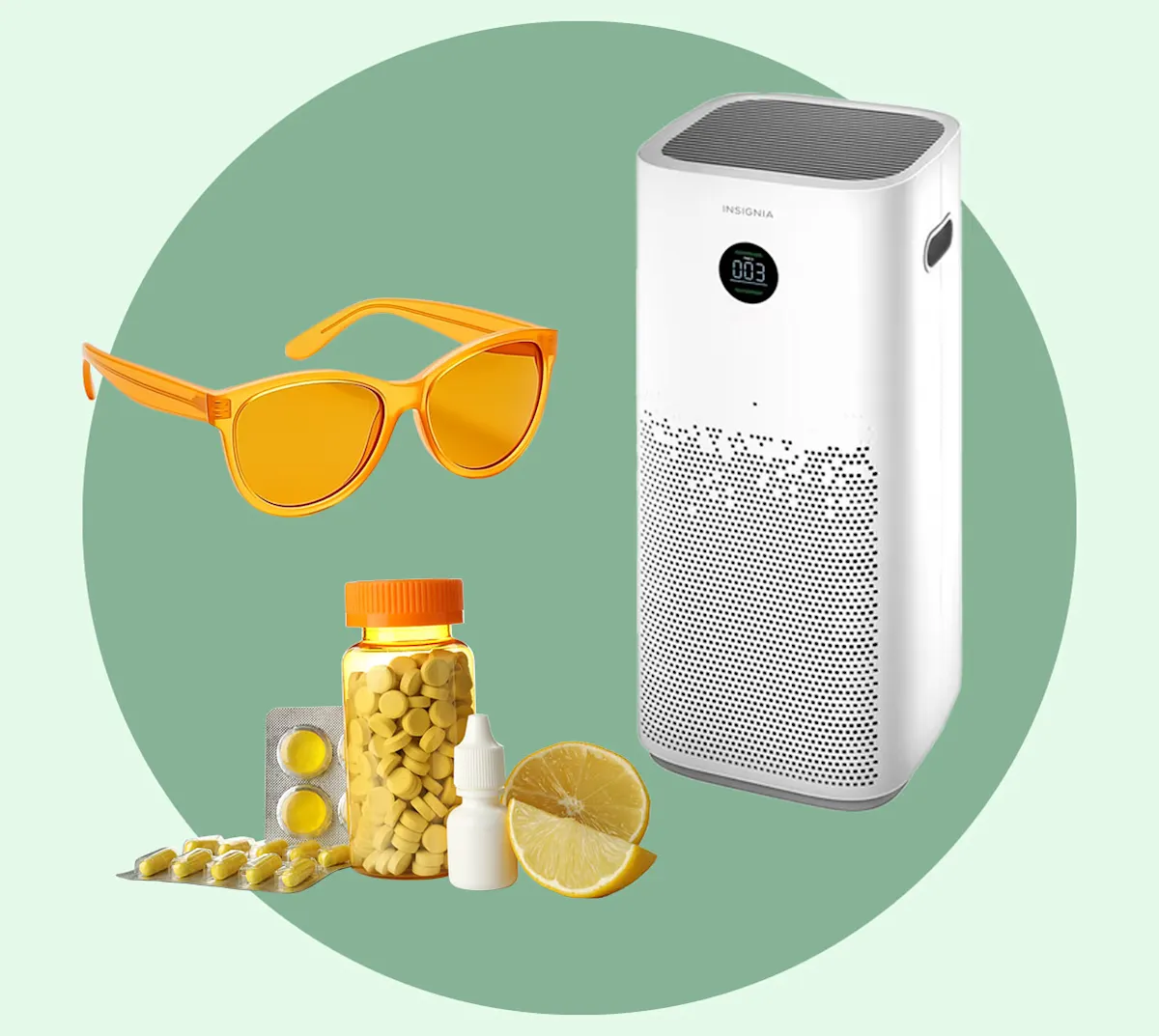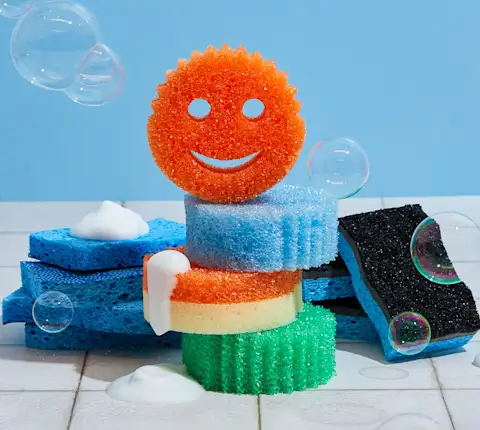*This article includes mentions of merchants or brands who are partners of DoorDash, and DoorDash may receive a commission if you choose to make a purchase from these merchants or brands.
The information supplied in this article is based on the doctor’s own opinions and should not be used as a substitute for medical advice. Those who need a licensed healthcare provider should contact a qualified professional directly.
The first gleams of sunshine, picnics in the grass, and flowers blooming all around make spring a special season. Then BOOM: allergies. Right at the time when going outside is at its most tempting, the sneezing, the itchy red eyes, and that awful congestion ramp up.
Facing down the shelves of your local pharmacy to suss out which medication or tools might get you some relief is never easy, and doing it through allergy-induced brain fog only makes it worse. This year, start the season prepared, get on the offensive against those pesky pollens, and inhale smoothly with our expert advice below.
Shop ConvenienceStart Early
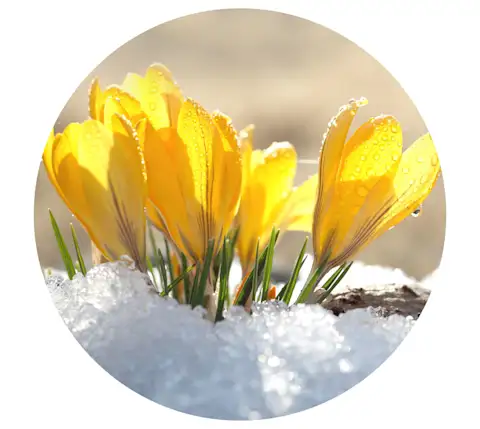
There’s no such thing as being ready too early for spring allergies — they can attack even before the season seems to have truly arrived. The sooner you get ready, the better, says allergist and immunologist Dr. Tania Elliott. Even those in colder regions, she says, could begin preparations as soon as February: “Oftentimes, a snowstorm can be just the kickstart for allergies because it saturates the ground with the moisture plants need to grow.”
Prepare the House
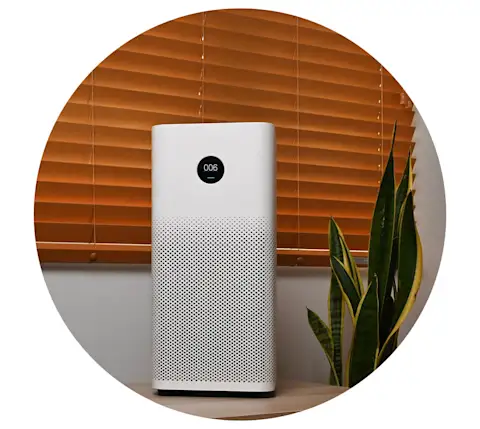
Get your house set up for allergy season by making sure that you have an air purifier with the appropriate power for the size of your room, recommends Dr. Elliott. Cleaner air can reduce the allergens inside the house, giving you a safe place indoors. “Look for an air cleaner with a HEPA (high-efficiency particulate air) filter,” recommends the American College of Allergy, Asthma, and Immunology (ACAAI). You’ll also want to look at the CADR (clean air delivery rate) number to match the machine to the size of the room in which you plan to use it.
Other things that can help, says Dr. Elliott, include taking off your shoes before entering the house and washing your clothes and taking a shower after being outside, to keep pollen from infiltrating your home.
Create a Kit
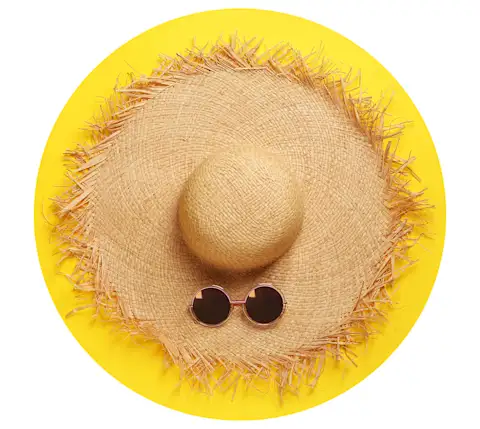
Simply wearing a hat and sunglasses can help reduce how much the environment stokes your allergies, explains Dr. Elliott. But when things get really bad, she suggests nasal filters, which block nostrils from breathing in pollen. Unfortunately for the big-hair babes out there, she also recommends avoiding hairspray when things get bad: Pollen can stick to it, which would worsen your allergy symptoms.
Stock Up on Meds
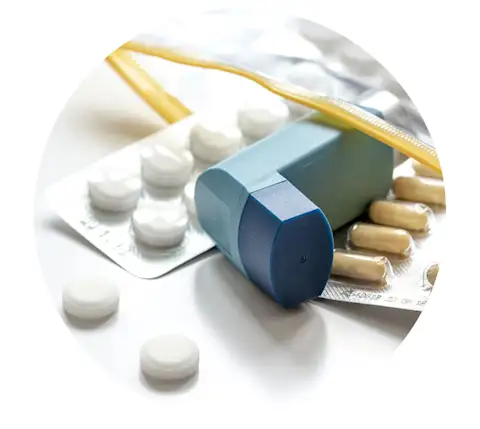
Antihistamine allergy medication is Dr. Elliott’s go-to recommendation for daily or as-needed use. For those helped by nasal corticosteroid sprays she reminds users that they are not as-needed medications. Rather, they take five to seven days to kick in, so they need to be started way ahead of time. In the meantime, her other recommendation is to do a sinus rinse with distilled water twice per day.
The ACAAI offers these instructions on how to do just that: “Mix three teaspoons of iodine-free salt with one teaspoon of baking soda and store in a small airtight container. Add one teaspoon of the mixture to eight ounces of lukewarm distilled or boiled water and perform a sinus rinse.” There are also pre-made rinses that can make that easier.
Shop Convenience

